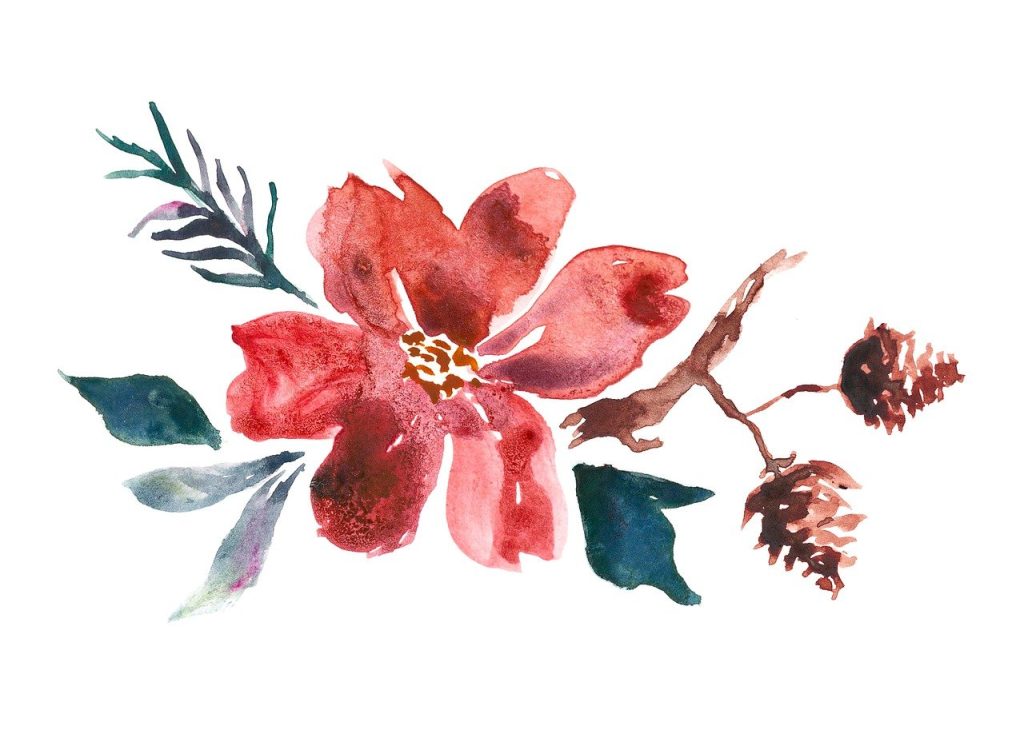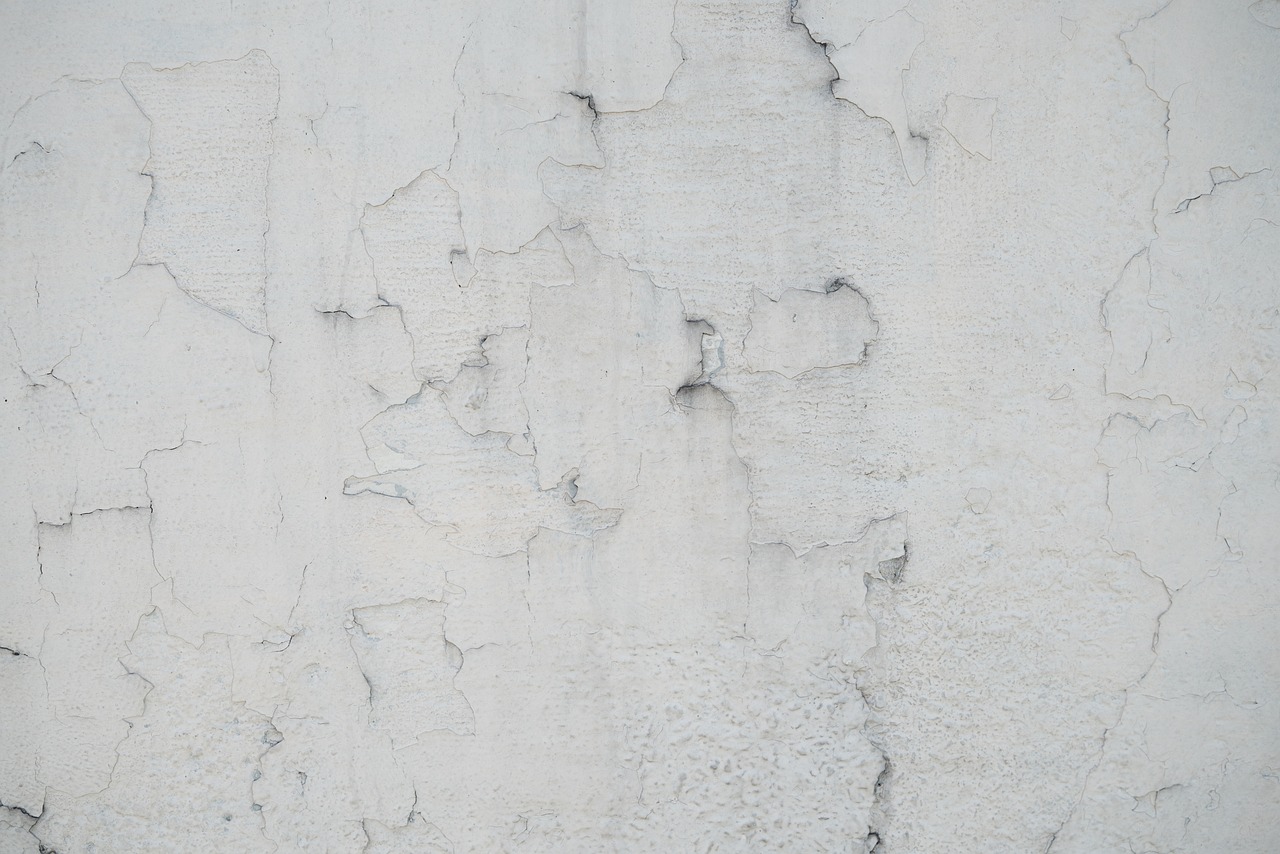Botanical Art

Botanical art merges scientific accuracy with artistic elegance to depict plant anatomy in remarkable detail. Originating in the 16th century, it has served both herbalists and scholars through precise ink and watercolour illustrations. These works enhance understanding of plant morphology and taxonomy, aiding in species identification and classification. You’ll notice modern botanical artists blending traditional techniques with innovative styles, capturing vibrant colours and intricate structures. Renowned figures like Franz Bauer and Marianne North set high standards in this field, influencing contemporary practices. Discover more to appreciate how this unique art form deepens our connection to the natural world.
Key Points
- Botanical art originated in the 16th century for scientific documentation of plant anatomy.
- It combines scientific precision with artistic techniques like watercolour and detailed line drawings.
- Botanical illustrations are vital for plant identification, classification, and understanding of biodiversity.
- Modern botanical art blends traditional methods with contemporary and digital styles.
- Prominent artists like Franz Bauer and Pierre-Joseph Redouté set standards for botanical illustration.
Historical Origins
Botanical art, which began in the 16th century as a method of scientific documentation, captured the precise details of plant species with remarkable accuracy. During the Renaissance, this art form flourished, greatly influenced by the period’s emphasis on empirical observation and beauty.
Early techniques focused on meticulously rendering plant anatomy using ink and watercolour, providing aesthetic pleasure and scientific utility. The cultural impact was significant; botanical illustrations became essential for herbalists and scholars.
Over time, the evolution of style saw artists blending scientific precision with artistic flair, enhancing both the visual appeal and informational value. This marriage of art and science documented plant diversity and enriched European cultural heritage.
Scientific Significance
The meticulous artistry that defined botanical illustrations in the Renaissance continues to play a vital role in modern scientific research, providing an invaluable visual record of plant species.
You’ll find that detailed botanical art offers:
- Conservation Impact: Accurately documenting plant species helps in preserving biodiversity.
- Educational Value: Enhances understanding and appreciation of plant morphology and taxonomy.
- Research Applications: Facilitates identification, classification, and comparative studies of flora.
- Aesthetic Appeal: Combines scientific precision with visual beauty, making it accessible to both scientists and the public.
Such art captures intricate details of shapes, structures, colours, and habits essential for plant identification and classification.
Artistic Techniques
When creating botanical art, artists often rely on watercolor to capture the translucent and vibrant qualities of plant life.
You should use colour blending to achieve realistic hues and gradients and layering pigments to mimic the natural depth and texture of leaves, petals, and stems.
Each brush stroke must be deliberate, mimicking the fine details of botanical specimens. Working directly from live plants guarantees you accurately depict their structure and nuances.
Detailed line drawings serve as the foundation, guiding your watercolour application. Pay close attention to light and shadow, enhancing the three-dimensionality of your subject.
Composition is essential; arrange elements to balance scientific accuracy with aesthetic appeal. By mastering these techniques, you’ll create compelling and authentic botanical illustrations.
Modern Revival
In recent years, a significant resurgence in botanical art has captivated both artists and enthusiasts, highlighting the enduring beauty and scientific precision of plant illustrations. This renaissance emphasizes contemporary interpretations influenced by various cultures and the integration of digital innovations. You’ll find artists drawing global inspiration to create works that resonate with modern audiences.
Modern botanical art’s revival incorporates:
- Contemporary interpretations: Artists blend traditional techniques with modern styles.
- Cultural influences: Diverse global traditions shape unique botanical representations.
- Digital innovations: Technology aids in enhancing the detail and accessibility of artwork.
- Global inspiration: Artists draw from worldwide flora, enriching their creations.
This revitalization fosters a deeper connection to nature and promotes mindfulness through meticulous observation of plant life.
Prominent Artists
You’ll find the modern revival of botanical art owes much to the legacy of prominent artists like Franz Bauer, Pierre-Joseph Redouté, and Marianne North, whose meticulous works have set the gold standard for today’s practitioners.
Bauer, Kew’s first botanical artist, is celebrated for his precise illustrations, which capture plant anatomy with scientific accuracy.
Redouté, a French artist, is renowned for his exquisite floral paintings, blending artistic style with botanical detail.
North’s impressive collection of 833 botanical paintings showcases her dedication to capturing diverse plant species.
Walter Hood Fitch and Margaret Mee also played pivotal roles; Fitch’s over 10,000 botanical plates and Mee’s focus on Amazonian flora have greatly enriched the field of botanical art.
Creating Your Own
To start your own botanical art, begin by selecting plant subjects that offer a range of textures and shapes.
You’ll need essential supplies like high-quality watercolor paints or archival pens and smooth, heavyweight paper to accurately capture intricate details.
Precision in observing and replicating elements such as leaf venation and petal curvature is key to creating scientifically valuable illustrations.
Choosing Plant Subjects
When choosing plant subjects for your botanical art, focus on plants that genuinely captivate your interest. This could be due to the intricate patterns of leaves or the vibrant hues of seasonal blooms. Consider your personal preferences and the plant symbolism that resonates with you.
Explore the artistic interpretation of seasonal inspirations. Here are some tips:
- Botanical Characteristics: Examine leaf shapes, flower structures, and growth habits.
- Availability: Choose plants you can observe from your garden, local botanical gardens, or nature walks.
- Lighting Conditions: Experiment with different lighting to highlight your plant’s essence.
- Mediums: Use watercolours, coloured pencils, or pen and ink to capture textures and colours.
Essential Art Supplies
High-quality watercolour paints, fine-tipped brushes, and sturdy watercolour paper form the backbone of your essential botanical art supplies. Select paints known for their pigment strength and durability to master watercolour techniques.
Opt for fine-tipped brushes that offer precise control, which is essential for capturing intricate botanical details. Brush selection can impact colour accuracy, so choose sable or synthetic brushes known for their fine points and resilience.
Your paper choice is vital: heavyweight, acid-free watercolour paper guarantees longevity and prevents warping. Experiment with hot-pressed paper for smooth detail work or cold-pressed paper for added texture.
Don’t forget a magnifying glass for examining plant structures, and a limited color palette to maintain natural hues. These tools will help you achieve scientifically accurate botanical illustrations.
Frequently Asked Questions
What Is a Botanical Art?
Botanical art combines historical significance and contemporary trends to accurately depict plants. You’ll see detailed observations and scientific accuracy in every piece, reflecting both the plant’s structure and beauty, contributing to taxonomy and plant identification.
What Are the Elements of Botanical Art?
You need to focus on plant anatomy, colour theory, and observational precision. Capture accurate shapes, structures, and colours. Detail life cycles and habits, ensuring scientific accuracy. Combine artistic skill with botanical knowledge for meticulous, informative illustrations.
What Is the Difference Between Botanical Art and Illustration?
You need to understand that botanical art emphasizes artistic styles and creativity, while botanical illustration focuses on scientific accuracy and detailed observations. The key difference lies in the purpose: artistic expression versus precise documentation for botanical study.
What Skills Does a Botanical Artist Need?
You need a keen eye for detail, an understanding of botanical terminology, and proficiency in artistic techniques. Historical context enriches your work, while scientific accuracy and precise terminology guarantee your detailed observations resonate with both artists and scientists.
Conclusion
You’ve now explored botanical art’s rich historical origins, its essential scientific role, and the intricate artistic techniques it employs.
With a modern revival underway, this art form continues to captivate. Notable artists lead the way, inspiring you to create your own botanical masterpieces.
Embrace the precision and detail required, and you’ll contribute to this timeless blend of science and art, immortalizing nature’s beauty with accuracy and elegance.
Your botanical journey awaits.
Author: Theodore Beaufort

